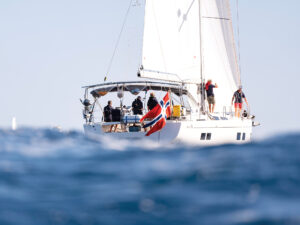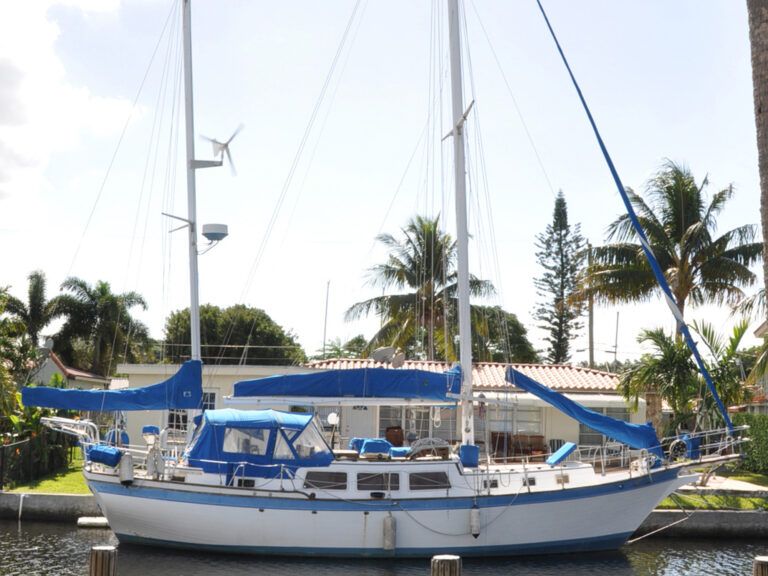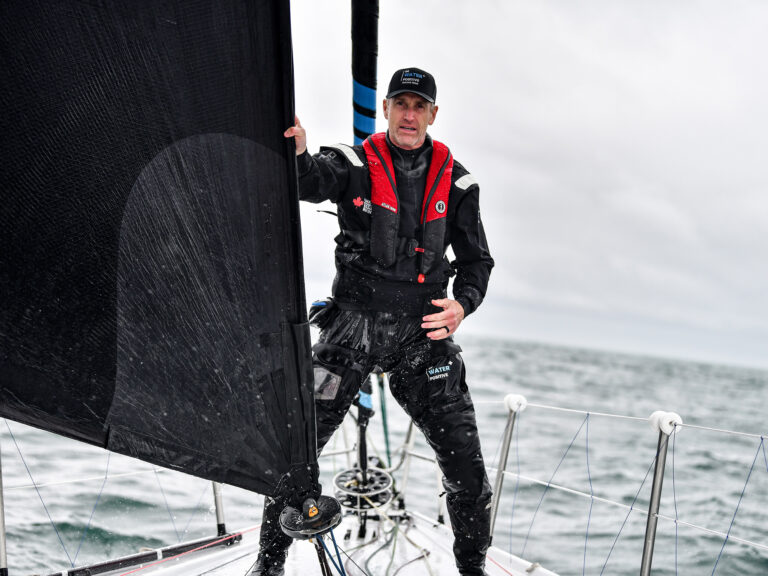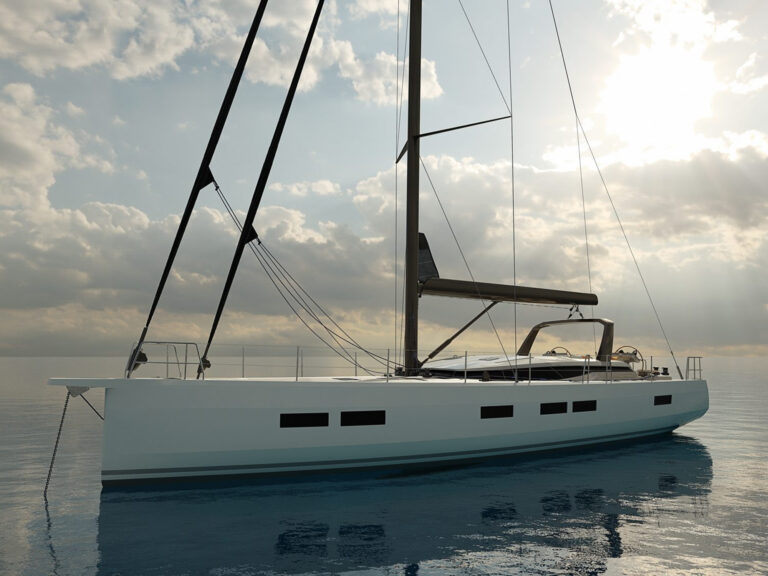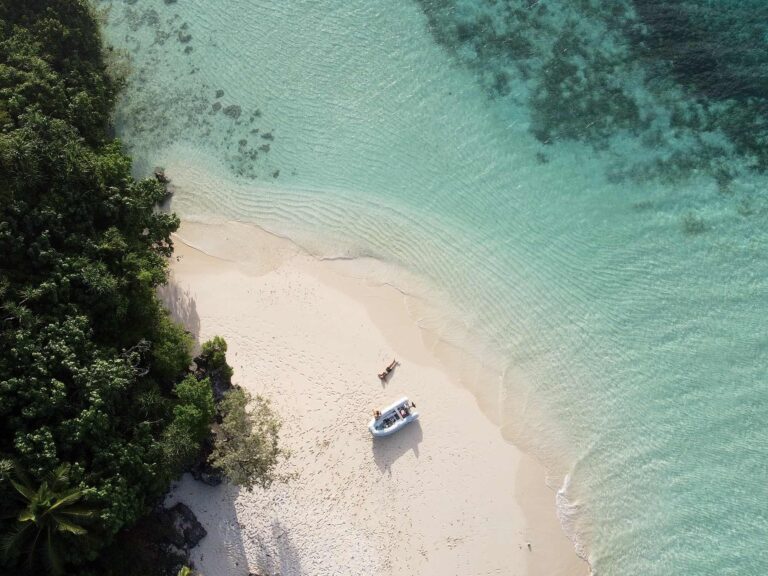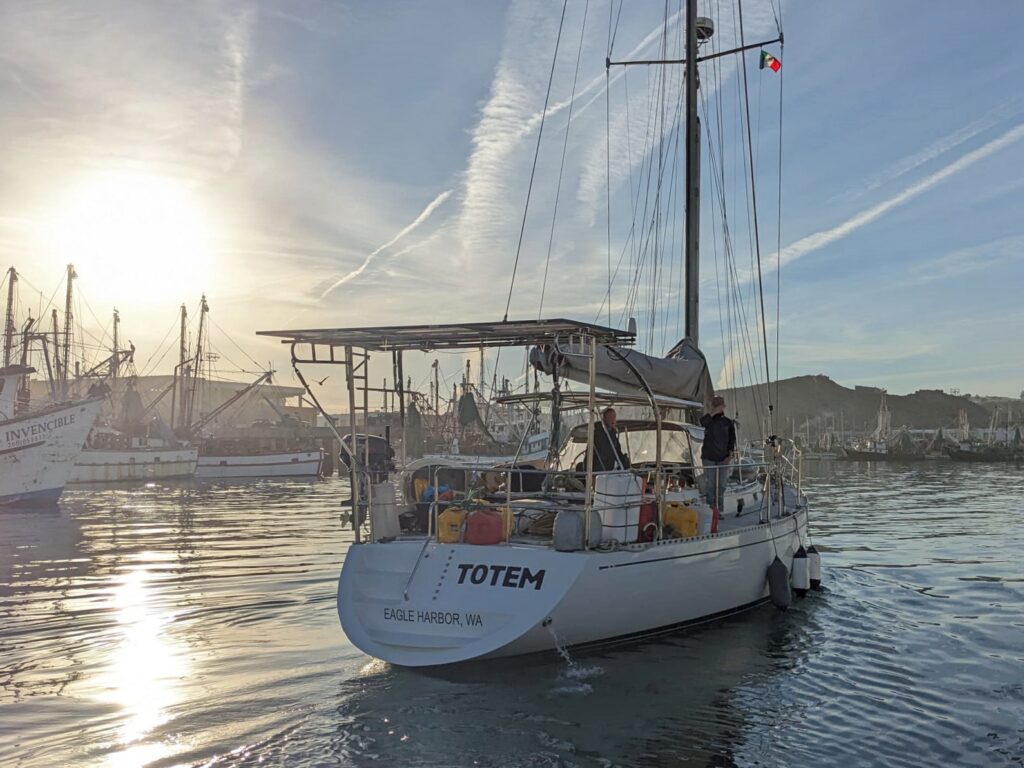
In spite of ourselves, or perhaps thanks to ourselves, we and our 47-foot Stevens are safely in Banderas Bay, Mexico, after a weeklong passage—Totem’s first since hauling at the Cabrales Boatyard in April 2021.
We often tell the clients we coach about liveaboard cruising, “Your boat is unreliable until proven otherwise.” My husband, Jamie, and I did not take our own advice very well. Before departing the harbor, Totem’s brand-new engine had been run for less than five minutes. New plumbing, wiring, LiFePO4 batteries and a range of new equipment from solar panels to offshore communications and a stove had been installed, and barely used.
On the other hand, we felt that we knew Totem and the nuances of our passage well. There was also pressure to reach Banderas Bay to meet our kids as they arrived for winter holidays, flouting another cruising maxim: Never have a schedule.
With a nervous, new-to-boating cat on board, we motored out of Puerto Peñasco. A trifecta of faults emerged inside of a few hours: The new windex fell from the masthead, crashing below; the autopilot pulled “crazy Ivans”; and Jamie found an unexpectedly large amount of water in the bilge. “Fresh or salt?” I asked, almost afraid of the answer.
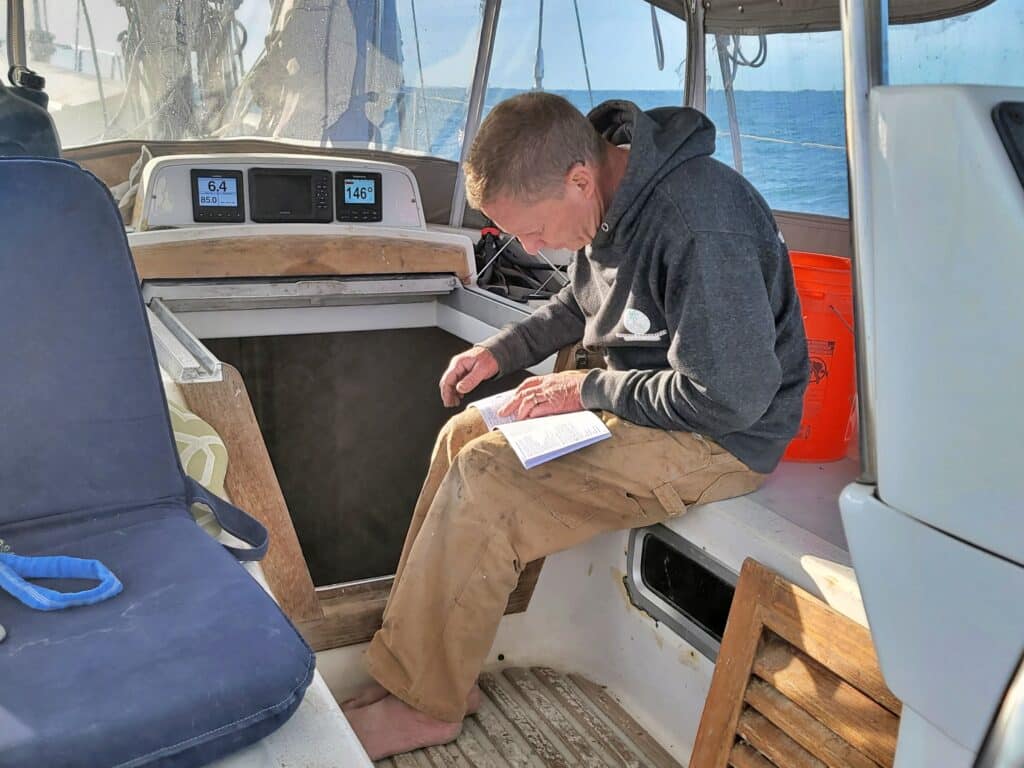
Thankfully, then, the problems slowed down. Jamie suspects he forgot to tighten the nut for the windex. Autopilot function was restored after much troubleshooting, and after Raymarine customer service directed a wire swap. The bilgewater’s source was a new hose to our hot water tank that softened more than expected. We fixed it.
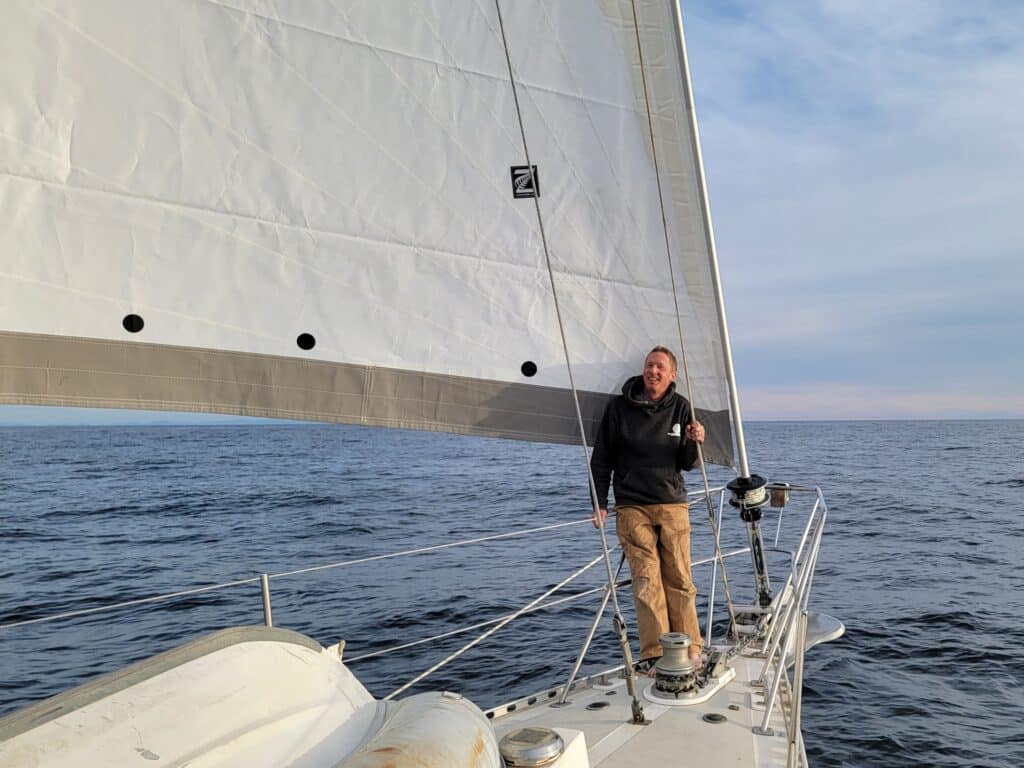
Ahead of us was still 800 nautical miles, about five and a half days at a typical pace for Totem, to reach our destination of La Cruz de Huanacaxtle. Plenty of time for surprises or mishaps. Although, we’d broken another rule: Always start a passage well-rested. In fact, we were exhausted. Jamie was a perpetual motion machine, seven days a week, making Totem ready. I was fresh off a course of antibiotics for bronchitis, physically run-down. This was a shakedown not just of the boat, but also of our senses, our routines and our skills.
Wintertime sailing in the Sea of Cortez includes managing the roll of northerly systems and the lack of wind between northers. We paused in San Carlos, dropping the new Rocna Vulcan anchor for the first time into wide-open Bahia Algodones at 1 a.m. Easier sleep was nice, but the stop was to change the transmission oil and inspect engine connections, as per Beta’s break-in recommendations. We also took on more diesel. This was a delivery passage, not a leisure cruise.
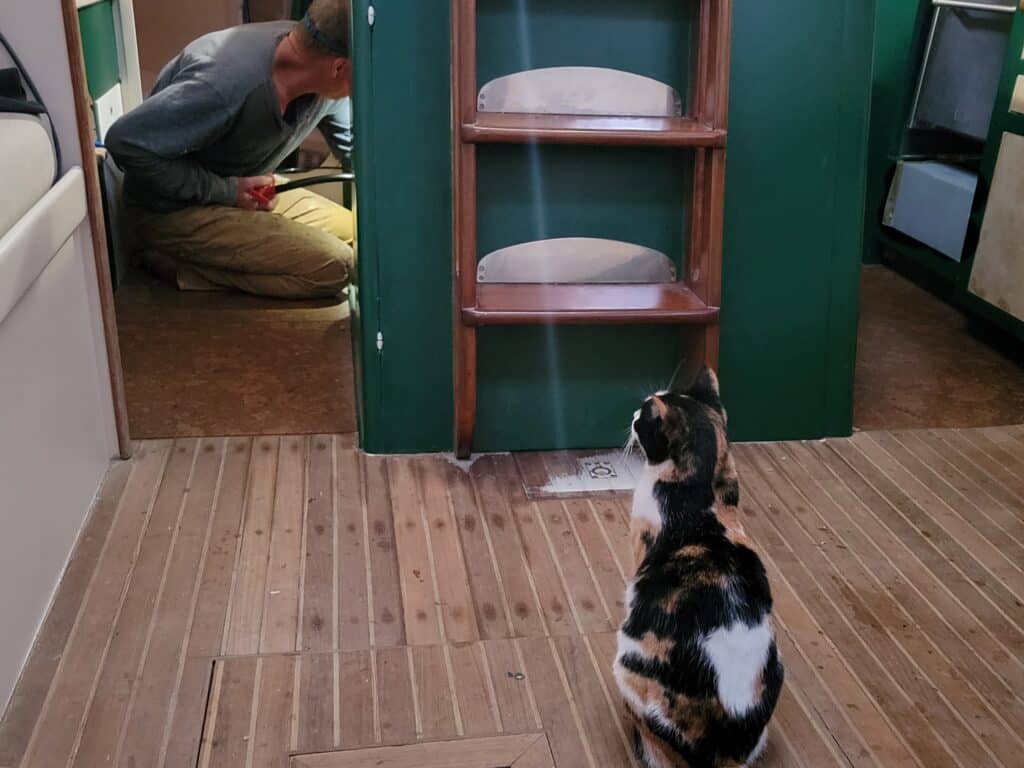
Predictably, the equipment had glitches. All the winches needed servicing. Both the AIS (new) and the GPS were flaky. The new speed transducer was off by 2 knots, clearly needing to be calibrated. Also needing calibration were new transducers for the freshwater and black-water tank levels. A total surprise was that the running lights didn’t work. Fortunately, the masthead tricolor kept us visible at night.
In addition, our crew was reduced to two. In our latter years cruising, the kids who grew up on Totem made watch rotations and rest easier. What would doublehanding be like again? I leaned into the fact that we’d done that before, with the handicap of managing small children—a bigger burden.
Watchkeeping under the inky nights of this passage’s new moon was brightened by shooting stars from the Geminid meteor shower. Despite the weeks of pushing our limits in the run-up to departure, we fell easily into our rhythm for alternating watch.
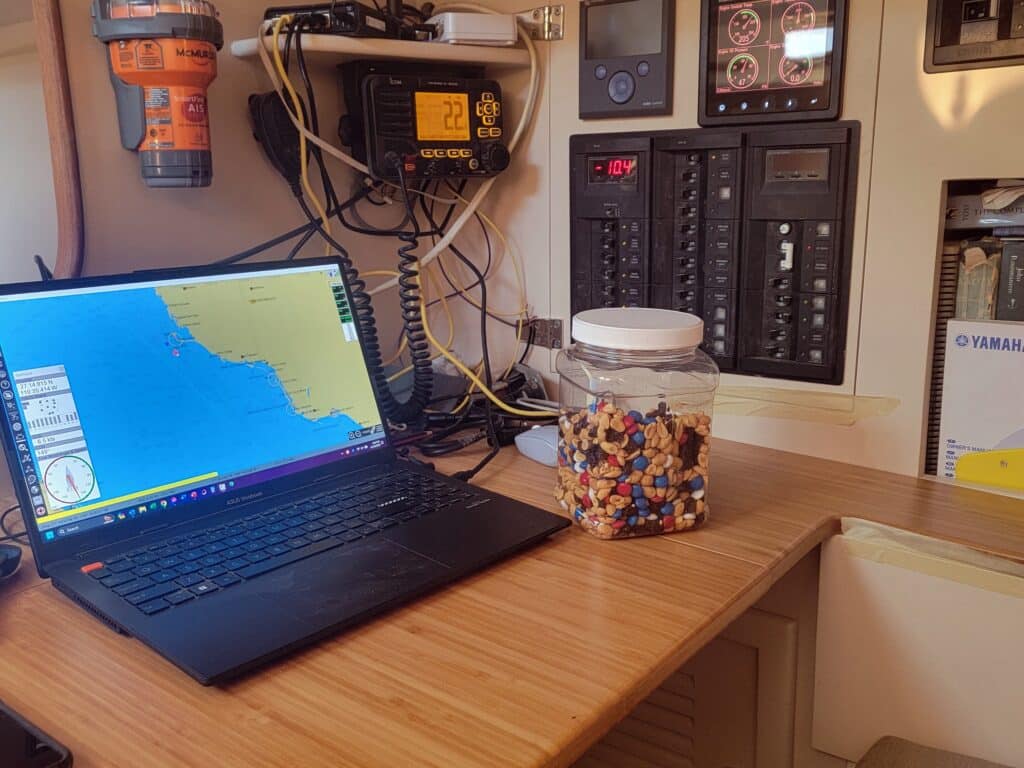
Combining a shakedown with a delivery may not sound fun, but this passage reconnected us with the joy of life under sail. We reveled in the updates completed to Totem. Jamie grinned as he scrolled through the new multifunction display’s data for the engine, tankage and energy produced by the 1,215-watt solar upgrade. We ran the 120-VAC watermaker off inverted power from the new 945-amp-hour Blue Heron battery LiFePO4 bank. A new mattress—why did we wait so long to replace that old foam slab?—glided the off-watch into slumber. The new GN Espace oven’s performance made us both a little giddy about future galley fun. And, as we worked down the typically disconnected Sea of Cortez, seamless broadband from Starlink eased several rough edges.
Our boats, after years, are like extensions of ourselves. We know where the sole creaks when we step on it, and which door knocks because the hook or latch isn’t quite tight enough, and how wind on the beam whistles through rigging above 15 knots. Our boats talk to us in different voices during different conditions. Totem’s sounds are new again. It’s exciting and unsettling.
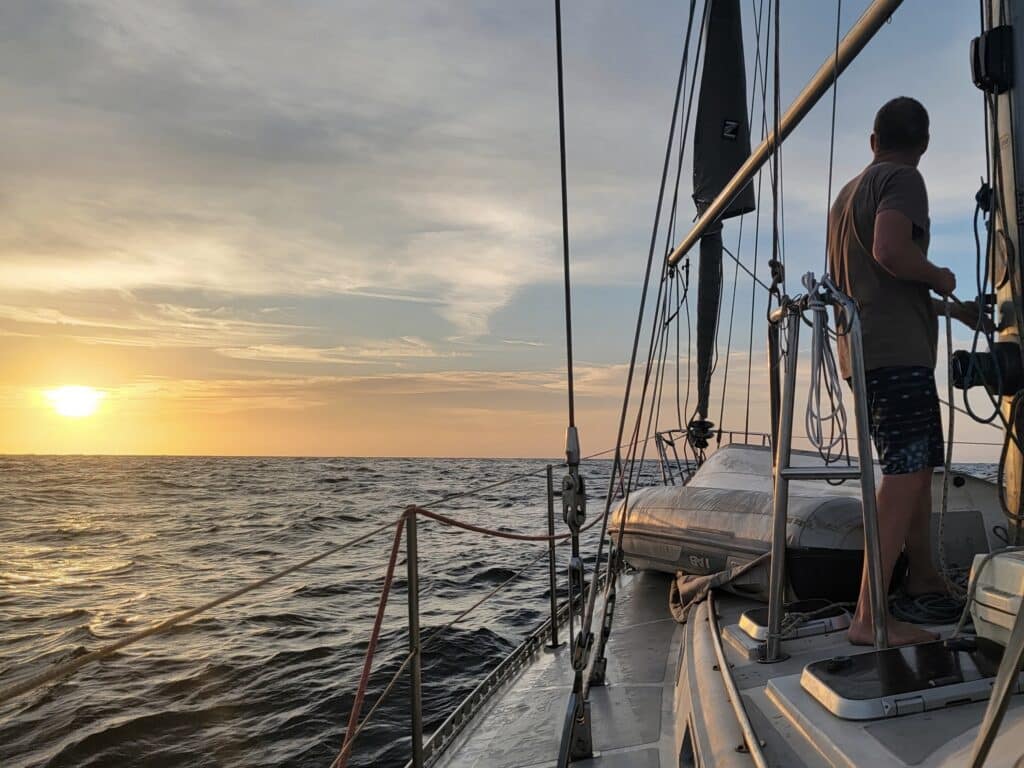
Tucked into a roadstead anchorage near Topolobampo, where a scrubby sand spit offered protection from the latest norther, Jamie and I reviewed our progress. I counted things to be grateful for, such as how well our cat, Panchita, was adjusting to life on a moving platform. Gazing at the carpet of stars, we wondered about the new sounds from Totem, only to realize that in the moment, they were dominated by squeaks and chirps from a pod of dolphins swirling around the hull. Such moments of magic distanced us from 30 months of tedious and trying refit work.
Just after midnight, we got underway again. With the wind eased to 20 knots, we rigged for dead downwind, wing-and-wing sailing. It was a bit rolly, but we were sailing again, finally. The new genoa was perfection that helped power us to a top speed of 9.8 knots.
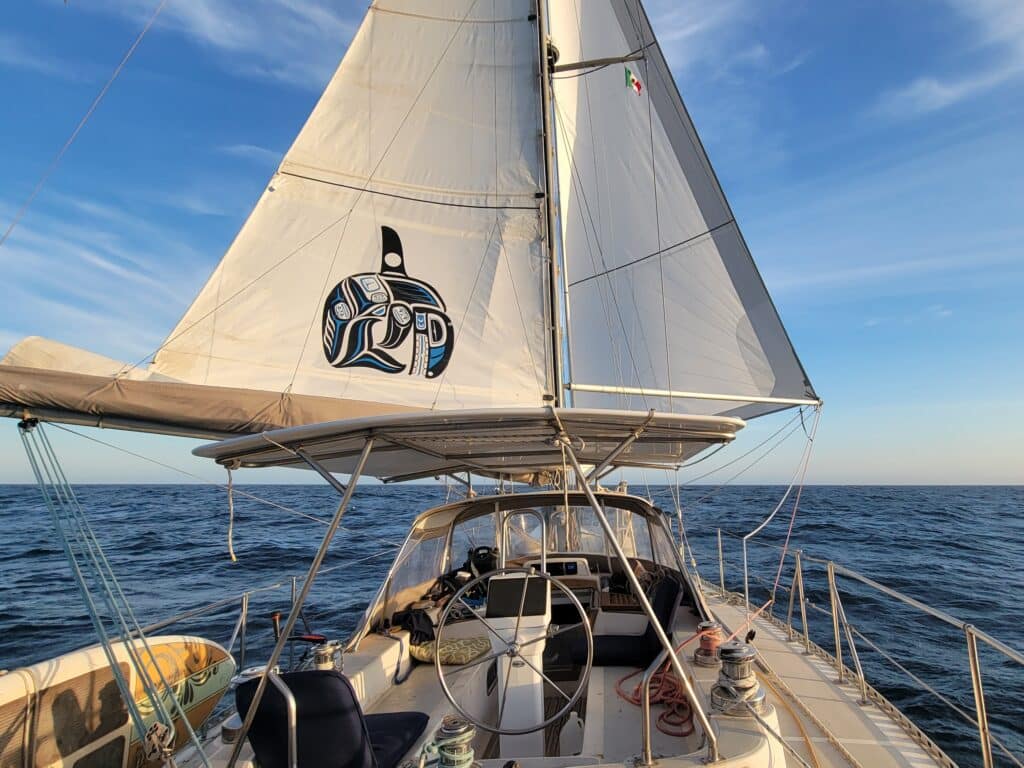
Almost exactly one week after departing Puerto Peñasco, we arrived in La Cruz de Huanacaxtle. Turning the corner at Punta de Mita into Banderas Bay, the magnitude of the return overwhelmed us, as did the bay’s natural drama. The glossy dark backs of humpback whales gently breaking the surface, a dorado leaping off Totem’s bow, sea turtles in number, birds diving into our wake—all surrounded by the rugged Sierra Madre mountain range. Friends had been watching our approach, and as we neared the harbor, a pair of dinghies came out with cheers, greetings and, best of all, our daughters, Mairen and Siobhán, a perfect cap to the journey.
The passage wasn’t uncomfortable or challenging, despite the uncertainty of which shakedown bug might emerge next. It wasn’t graceful, with gear crammed in place and some locker doors taped closed because hardware wasn’t installed yet. However, so much more worked well than didn’t.
The worst surprise was coming down with a case of pneumonia. But mostly, what remains with us are the happy faces of friends who helped us cast off. They smiled in a celebratory send-off from the dock, tying a bow on our extended refit. Happy tears ran down my cheeks as we motored to the harbor entrance. Delight warmed us upon realizing friends followed us out of the harbor to wave us off.
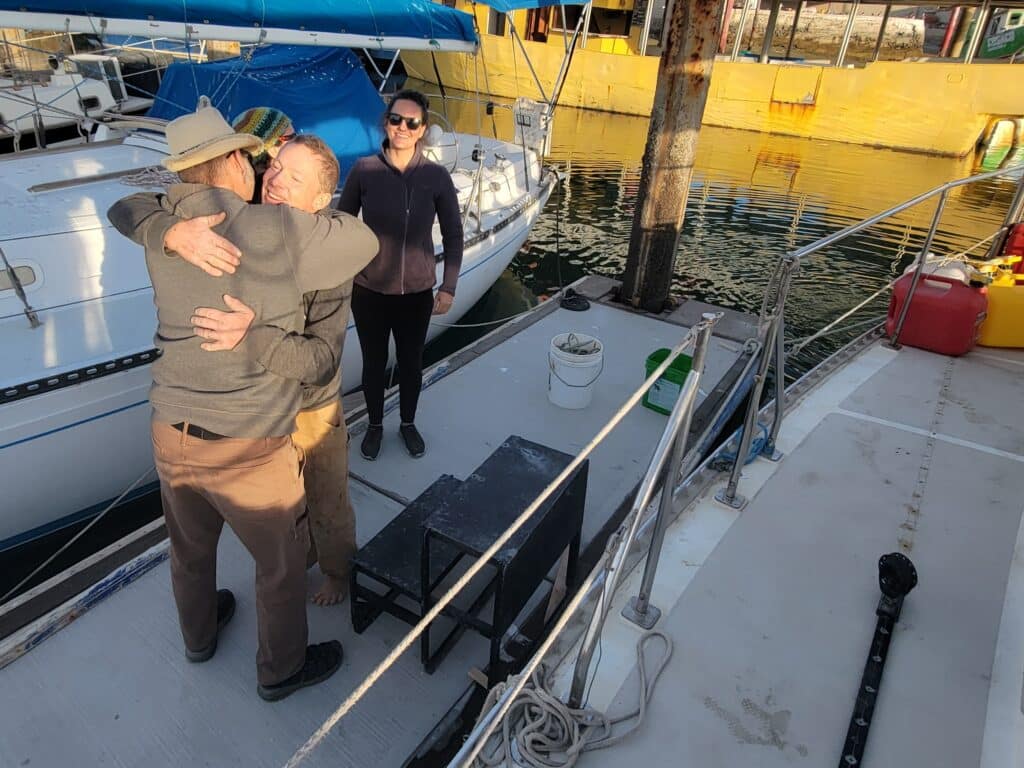
Sailing away from the Sonora desert, our emotions welled up to eclipse our exhaustion. We closed a chapter on transformation and exhaled in our home place: aboard Totem, and at sea.



